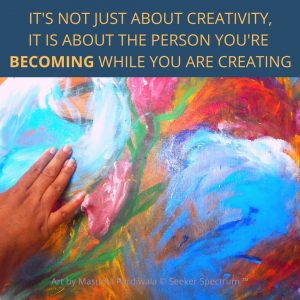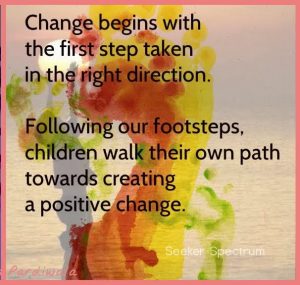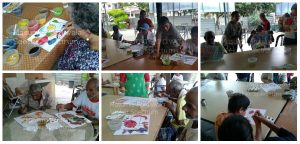Art therapy is becoming an increasingly common way for clients at
rehabilitation centres to express feelings, communicate personal trials
and tribulations and allow one to further uncover one’s true self
As the concept of art therapy develops, its proven effectiveness is
demonstrated time and time again in treatment facilities
Art therapy is a melding of traditional art practices and theories
of psychotherapy for alleviating stress and sharing feelings through the creation of images.
Regardless of personal feelings about artwork, artists or what makes a piece
of art effective, art therapy is an incredibly popular and effective
Using mediums such as paint and clay or processes
like drawing or sculpting can help individuals
communicate feelings, express emotions and
promote quiet, careful introspection.
Using art therapy to become in touch with one’s
feelings regarding the process and what path may
have lead one to such a place in life can work wonders in uncovering
and unveiling emotions and clearing the path to recovery.
Art therapy can pave the way to clean living and a happy, healthy life long
Possibly the most common form of creation in art therapy is painting, a universal
art form practised all over the world. Painting
is often favoured in art therapy for its use
of broad, bold colours.
Accordingly, there are many different paints
that can be adapted to show a wide range
of emotion.
Acrylic and Oil paints can be used to show bright colours and express many different feelings and thoughts, allowing for a spectrum of images and messages.
Water colours are often
used for the soft, serene feelings such
muted hues can convey.
Whether the creative process
triggers feelings of sadness, anxiety or
anger, painting can be a cathartic way to reveal these sentiments.
Art Benefits for Children
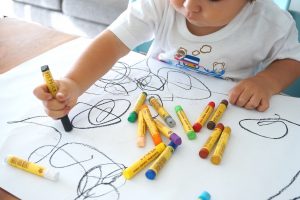
Art and creativity have the power to enhance a child’s mental development and broaden their scope of imagination. In this age of technology, computerization and the competitive pressure to perform on all levels has created a disconnect from their bodies and complete brain utilization. Art creates a connection between the right and the left-brain hemispheres towards innovative thinking. Art for young children can help in the development of Visual Processing, eye motor co-ordination, balanced cognitive behavior, sensory awareness and integration, problem-solving skills, identification and expression of feelings, and increased self-esteem.
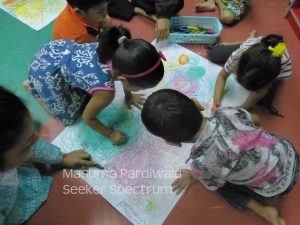
For children, art can be beneficial even at a young age. A large part of a child’s development is being able to be creative and learn how to express themselves. Art gives children the opportunity to do both in a safe environment. Positive learning experience in art develops imagination, promoting creativity and innovative thinking in a natural and man-made world. It also increases self-esteem, confidence in problem solving and logical sequence of developing ideas. Art and creative drawing have the power to enhance a child’s mental development, broaden the scope of imagination and exploration of hidden creative talent. Some common art therapy goals for young children are sensory awareness and integration, problem-solving skills, identification and expression of feelings, and increased self-esteem.
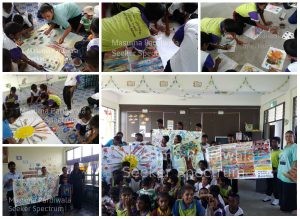
How well one
draws depends on how well one sees. Art training can tremendously help in the
development of Visual Processing – the foundation of the human learning
process.
Unfortunately,
the present education system places emphasis on mathematics, sciences and
languages but not on art.
Children should be encouraged for art lessons
or other creative pursuits, not because they want to be artists one day, but to
equip them to live their life to their highest potential for their future
success, Provide them with a balanced learning experience
Prepare them
with means to self-expression and tools to destress in the stress to today’s competitive
high expectation achievement driven society pressures.
There is no
better way for preparing our children. Without art and creativity, they are
incomplete.
Art is beneficial for senior people. It keeps them occupied and helps in their cognitive and hand motor co- ordination function. It is relaxing and therapeutic for them and can be developed as a hobby after retirement.
